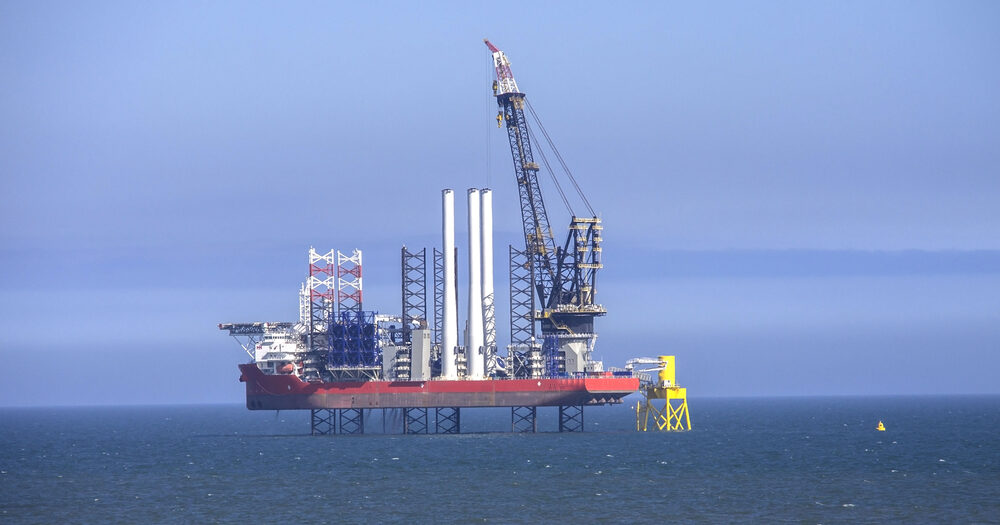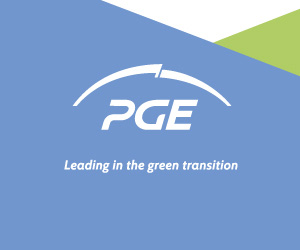Revolutionizing our energy landscape, the grand endeavour of constructing an offshore wind farm demands meticulous planning and extensive groundwork spanning several years. Far beyond merely erecting wind turbines amidst the vast ocean expanse, this awe-inspiring venture encompasses the orchestration of onshore and offshore substations, intricately woven together by an intricate network of cables.
Before the first ‘windmills’ are erected at sea, a number of studies are required to identify the geological structure of the terrain and substrate on which the foundations, towers and wind turbines, offshore transformer stations, internal cables connecting the individual turbines and export cables will be built. Wind surveys at the site of future wind farms are also essential, at least throughout the year, so as to capture the weather conditions in each season.
Typically, the construction process starts with the preparation of the onshore infrastructure – the transformer station and onshore cables. Then the foundations and offshore transformer stations are installed, then the cables connecting all the components are laid, and finally, the turbines are installed.
“The construction of offshore wind farms is a major logistical, planning, and technological challenge. The preparation and process of building an offshore power plant takes several years. And the most important stage takes place on land. Everything has to be precisely prepared and planned before the actual work can begin on the high seas. A smooth construction schedule and the final cost of the investment depend on proper preparation,”
says Grzegorz Figacz, Director of the Offshore Wind Farm Department at PGE Baltica.

The Crucial Steps in Preparing and Installing Offshore Wind Farm Foundations
The construction of a wind power plant begins with proper preparation of the substrate, e.g., cleaning the bottom and then stabilising it by pouring stone, both for the foundations and the cable route. This is an important process to protect the components of the offshore wind farm at the installation stage and to protect them during operation from external factors, such as leaching of the bottom around the foundations.
A foundation can be installed on a properly prepared substrate. One of the most commonly used foundation structures in offshore wind energy is monopiles. They have the advantage of being easy to install in shallow to medium water depths. They are collected from the installation port by a specialised vessel and delivered to a suitably designated offshore location. The steel cylinder is driven into the seabed using a specialised hydraulic cylinder. Offshore transformer stations are also installed on the installed foundations, and then cables are laid to connect all components.
Unveiling the Mega Baltic Wind Project Transforming Poland’s Energy Landscape
The final stage is the installation of the turbine. The wind turbine itself is built onshore, where all its components are also pre-assembled. Installation of the tower, turbine and rotor components at the farm location is carried out using cranes on jack-up installation vessels.
The construction of a wind farm requires the use of specialised vessels responsible for building the turbine foundations (Foundation Installation Vessels), fixing the turbines (Wind Turbine Installation Vessels) and laying cables on the seabed (Cable Laying Vessels).
The largest wind investment currently underway in the Polish part of the Baltic Sea is the Baltica Offshore Wind Farm with a total area of 320 sq km. The farm consists of two stages, Baltica 2 and Baltica 3, and is being built by PGE Polska Grupa Energetyczna in cooperation with the Danish company Ørsted. The Baltica 2 stage is planned to be commissioned in 2027. The Baltica 3 stage is to be commissioned two years later. In turn, the Baltica 1 offshore wind farm with a capacity of approximately 0.9 GW is planned to be commissioned after 2030. The electricity produced by these wind farms will power approximately 5.4 million households in Poland.

